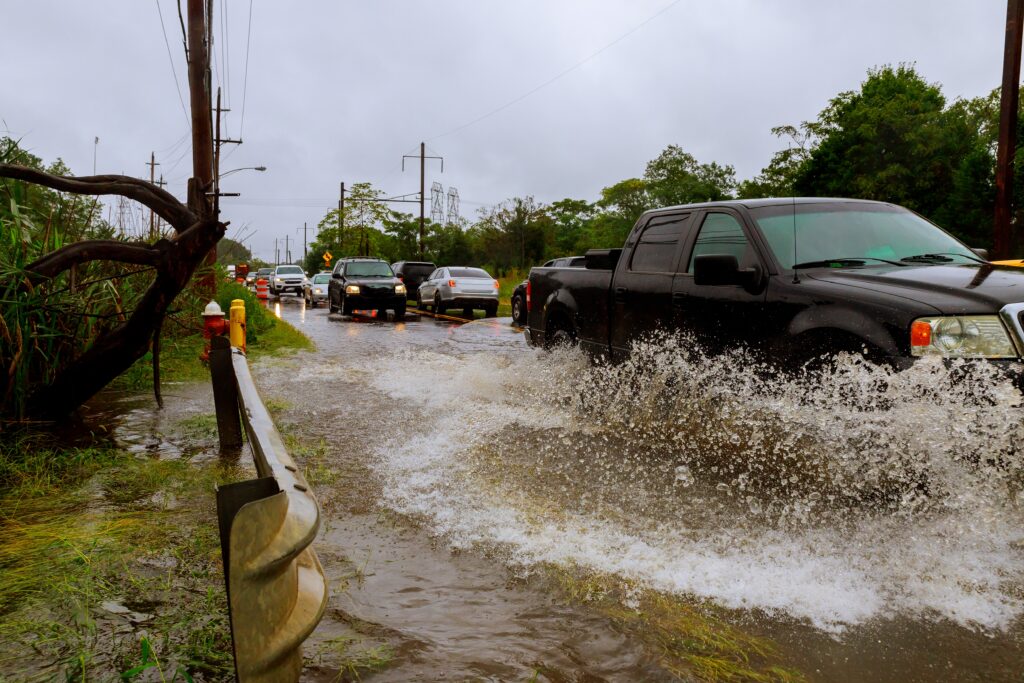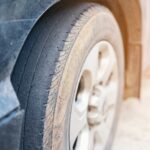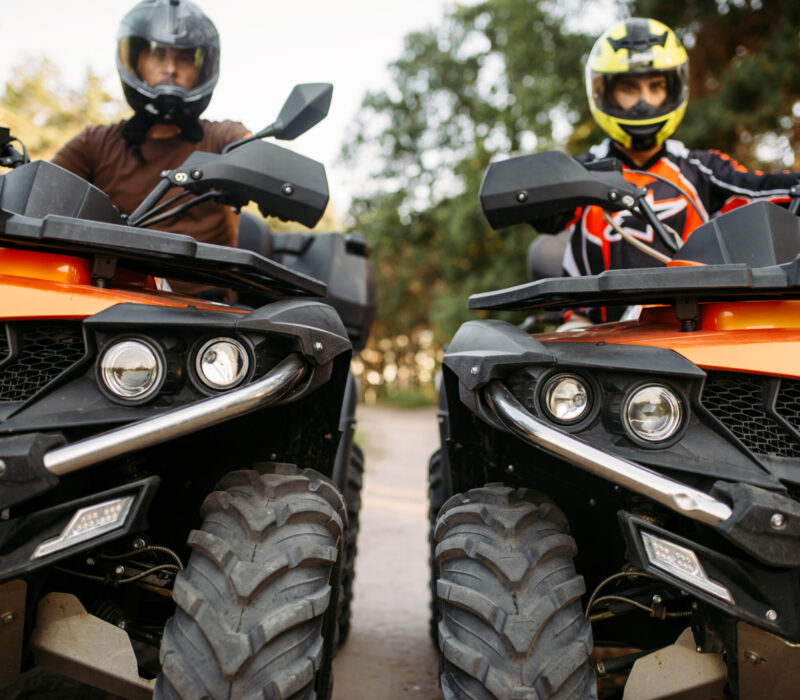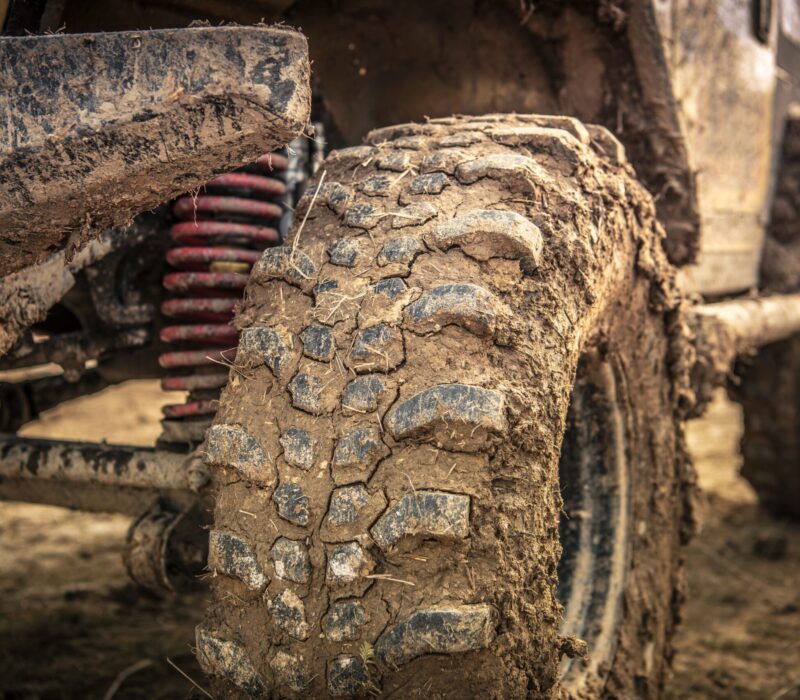The summer monsoon 2022 is in full force now. This is a time of year where it is good to know a great roofing company in Phoenix due to the furry this water and wind natural phenomena causes. What many people don’t really think ok is getting your vehicle “Monsoon Ready”. West Valley Tire is so much more than just tires. We are a full service auto shop.

An article published by ADOT (6/29/2021 By Laurie Merrill / ADOT Communications) goes into detail about some things to do to get you car or truck more prepared for some of these flash floods and stormy monsoon tantrums that Mother Nature does every year in Arizona. Below is some excellent tips from the article mentioned above:
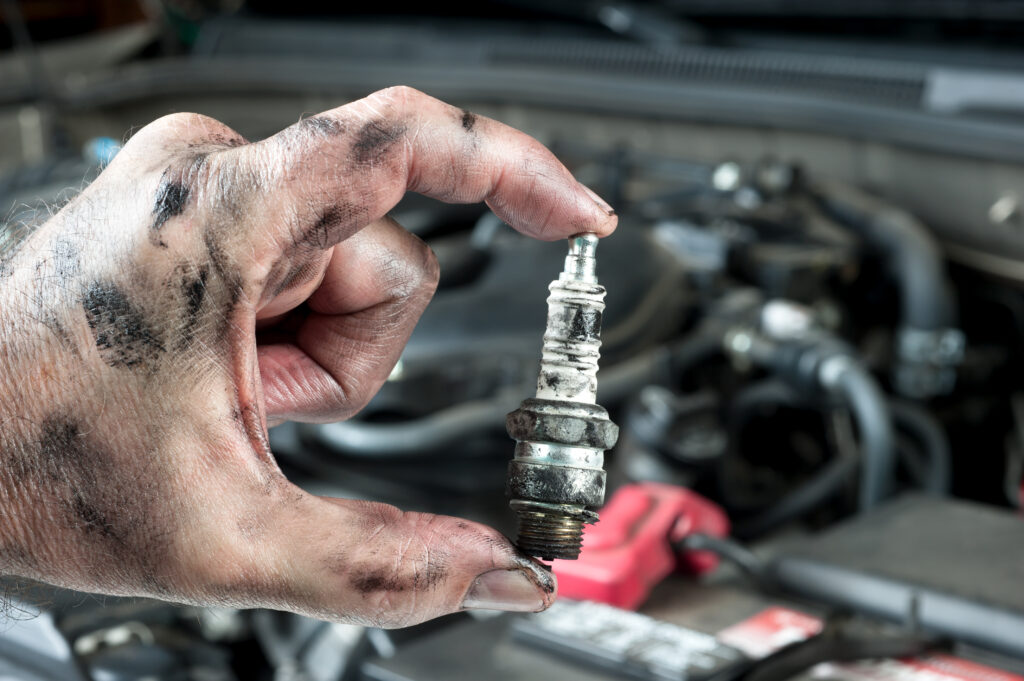
“By now most of you know ADOT’s biggest tip about driver safety when you encounter a dust storm: “Pull Aside, Stay Alive.”
And you’ve probably heard the drill: If caught on the highway when a storm hits, pull completely off the road, roll up your windows, set your emergency brake and turn off your lights (so as not to get rear-ended).
But many of you may not be as familiar with some ADOT’s other monsoon safety suggestions.
For example, did you know it is important to get your car in ship-shape condition? Do you know all the steps to take? In short, is your car rainstorm ready?
If not, now is the time for action, and to help you, here is a handy list of steps to prep your vehicle:
►Check your tire pressure and tire treads. You don’t want to be caught on slippery road surfaces with poorly inflated or bare tires.
►Check your windshield wipers. Blades can quickly wear, crack or become rigid. Their average lifespan is six months to a one year. You don’t want to discover during a deluge that they aren’t up to the task. Also, top off your windshield washer fluid.
►Clean and check your vehicle’s battery. Remove corrosion and ensure cables are securely attached to terminals. We live in a state where batteries tend to last about two years. You don’t want to get caught in driving rain when your battery dies.
►Now that your vehicle is ready, you need to pack supplies. Bring extra water, an emergency kit, a fully charged cellphone, hand sanitizer, wipes and a cloth face mask. Snacks and extra clothes can be handy if you are in a rain-related backup.
►Are you ready for the road? Expect the unexpected. Are you in area prone to falling rocks? Stay alert because rain can loosen them. Are you driving into heavy rain? Consider delaying travel or waiting it out in a safe spot as far off the road as possible.
►Do you know what to do if your vehicle hydroplanes? This is when you drift due to a thin layer of water between your tires and the pavement. Ease your foot off the gas pedal until you regain traction. Don’t brake suddenly. If you are sliding or drifting, gently turn your steering wheel in the direction of your slide.
►Even if you’re not hydroplaning, don’t brake suddenly or you could slide on wet pavement. Leave plenty of room between your vehicle and the one ahead of you. To slow down on a wet road, take your foot off the gas pedal and brake slowly.
It may seem like common sense, but do not risk crossing a flooded wash, even it if doesn’t seem deep. Water is a powerful force and you could, literally, be swept away. Also, do not drive around “Road Closed” signs. Your risk your life and face being cited(link is external).
You can find these and other rain safety tips on our website. There’s even more safety advice at azdot.gov/monsoon and PullAsideStayAlive.org(link is external).
Don’t forget to brush up on the dust detection system along Interstate 10. And, you can take a quiz to find out how much you know about monsoons. ” (Article in “” Published By ADOT 6/29/2021 By Laurie Merrill / ADOT Communications)
